There are many things that modern people cannot imagine about ancient toilets, including some facts that make us shudder.
Unbelievable Facts About Ancient Toilets
1. No Privacy
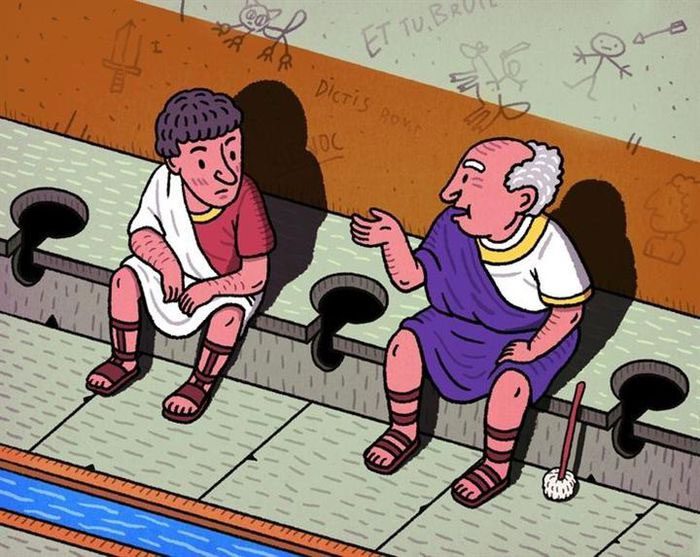
Ancient Romans viewed using public toilets as a social activity.
Located in urban centers, toilets in ancient Rome were often designed next to city gardens and could accommodate many people at once. Instead of “taking care of business” in a private space, people had to accept the fact that they were using the toilet while looking at others, as Romans considered it a social activity.
2. Shared Sponges

A shared sponge was used for cleaning after defecation.
Toilet paper did not exist in ancient Rome, so they used a sponge attached to a stick for cleaning after using the toilet. Public toilets did not have private stalls, so the used sponge was placed back into a bucket filled with saltwater or vinegar. This was also the communal wash basin.
3. Outdoor Toilets
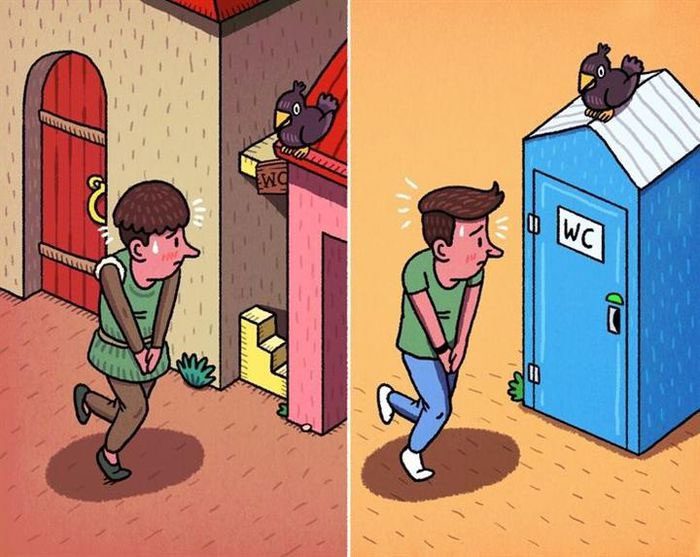
Outdoor toilets were used throughout the streets to meet the natural needs of people at that time.
During the Middle Ages in Europe, if someone needed to relieve themselves, all they had to do was find a staircase, bridge, or public place. At this time, outdoor toilets were used throughout the streets to meet the natural needs of people. Historian Carole Rawcliffe explains that by the end of the Middle Ages, people became more concerned about health and hygiene. Therefore, authorities funded public toilets to keep cities clean. Men could relieve themselves through holes drilled in bridges to let waste fall into the flow below.
4. Smelly Toilets in Summer
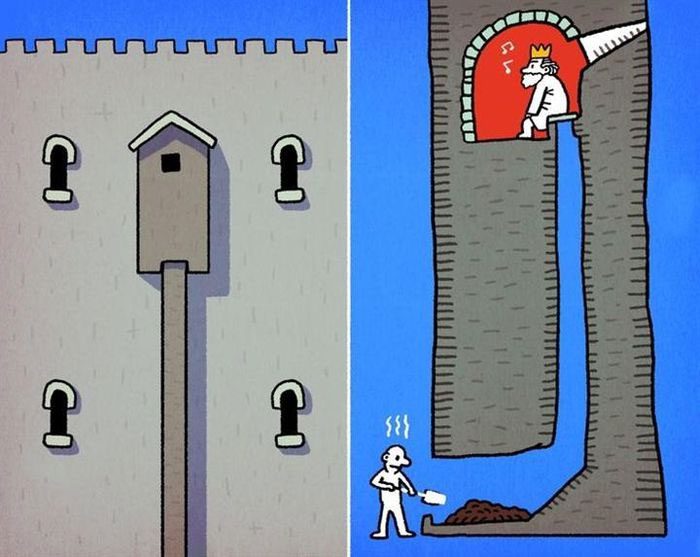
The smell from this pit was unbearable.
In medieval Europe, the design of bathrooms and toilets was based on social class. Castles were equipped with special rooms that had holes in the floor. A chute from these holes went straight down to the ground, and waste was dumped into pits located at the base of the castle. Toilets would directly dump waste into the dungeons or moats of the castle. The smell from these pits was so horrible that it was unbearable, especially in summer, as it would rise through the pipes and back through the toilet holes.
5. Manual Cleanup
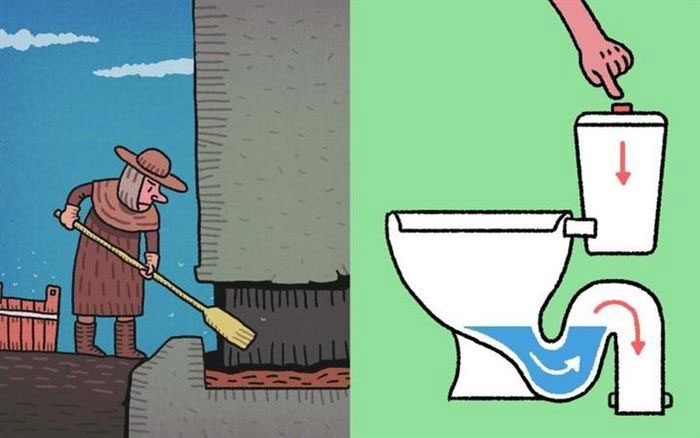
Cleanup crews were responsible for collecting waste when the streets were deserted.
The use of toilets gradually became accepted in 18th-century society and quickly became popular, with waste being cleaned up by “night soil men.” They were responsible for collecting waste when the streets were deserted. The service of the “night soil men” was provided 24 hours a day in affluent districts, while poorer areas received less attention.
6. Waste on the Streets
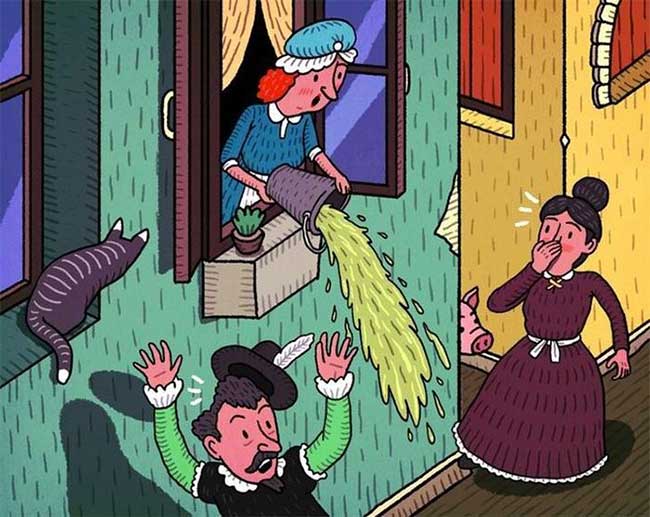
Waste was still thrown into the streets until the sewage system was established in the 19th century.
In ancient times, having a private toilet was a privilege of the upper class. In the absence of toilets in homes, residents of Edinburgh (Scotland) would often shout “Gardyloo!” to warn passersby of waste they were about to throw from their windows. This term originated from the French phrase “Prenez garde a l’eau!” – literally meaning “watch out for the water.”
This practice continued until the sewage system was established in the 19th century. If one was not careful, pedestrians could end up with a bucket of waste dumped on their heads.
7. Hotspots for Infections
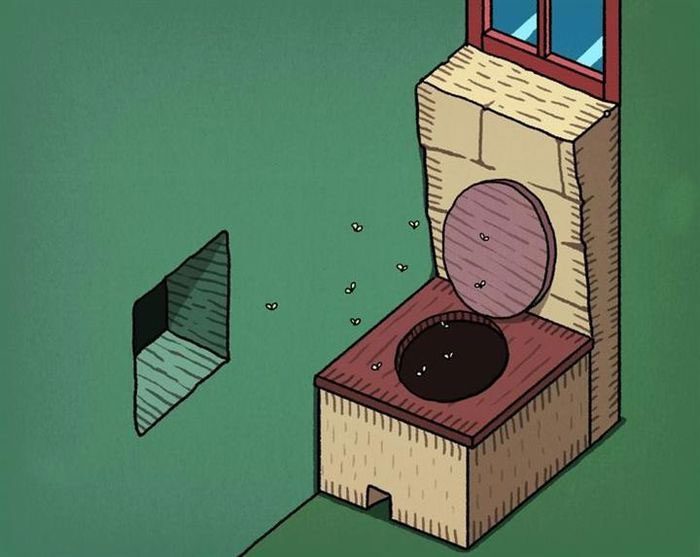
After the sewage system was installed, cases of cholera and typhoid fever decreased dramatically.
After the first sewage systems were installed in European cities, the number of deaths from cholera and typhoid fever decreased dramatically. This indicated that the initial cases spread through contaminated water.
Today, this seems obvious, but researchers took many years to discover the source of the disease, with the first being Dr. John Snow. Through the use of maps, he identified the source of the infection in London: a leaking septic tank under a house that contaminated the well supplying water to the pump.
Snow’s work was not only a significant milestone in mapping sanitation, marking the first epidemiological work in history, but it also laid the groundwork for modern sanitation systems later adopted by Western cities.





















































